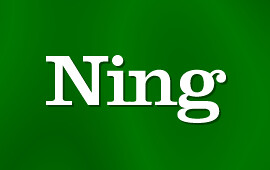What is del.icio.us?
'Delicious is a Social Bookmarking service, which means you can save all your bookmarks online, share them with other people, and see what other people are bookmarking.'
Mmmm.....my idea of delicious always looked something like this...
However I know that in terms of Web 2.0 it really is more like this....
...whereby I am able to share my favourite websites with others.
Keep my favourite sites to access from any computer through a del.icio.us account. The beauty of this is that any sites that I find I can access from home or work without having to try and remember the URL or having to try to find it again through a search.
Discover new sites that other colleagues have found through my account.
Organise my favourite sites by tagging them with keywords.
I can make them public......
or keep them private.
We have a del.icio.us account at school...
and I have access to another del.icio.us account as an ESL teacher through the Southern Region ESL Ning (another social network).
I also have my own del.icio.us account and through it can link them all together!

































